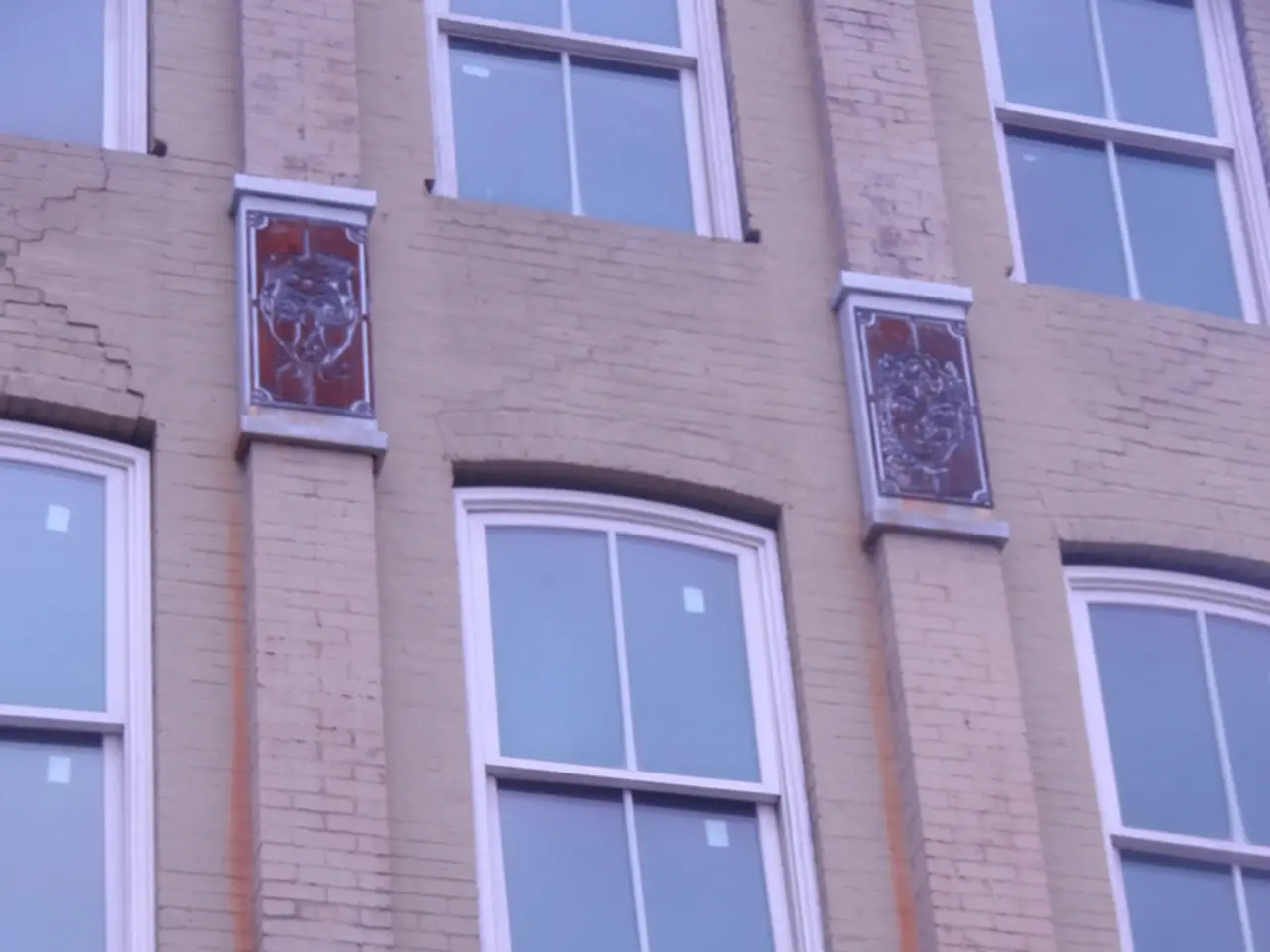Groundbreaking Approaches in Constructing Transparent Building Components
In a significant leap for the construction industry, the latest advancements in transparent building elements are reshaping the landscape of energy efficiency, security, noise control, and maintenance in commercial and public buildings. These innovations, including smart glass technologies, structural glass innovations, and emerging materials, are poised to deliver adaptive, resilient, and sustainable building envelopes that respond intelligently to environmental inputs while enhancing occupant comfort, security, and operational savings.
Smart Glass: The Future of Glazing
One of the most exciting advancements is the advent of electrochromic glazing, also known as smart glass. This cutting-edge technology offers active control over privacy and glare without the visual clutter of curtains or blinds. Electrochromic glass can dynamically change its tint by applying an electrical voltage, adjusting visible light transmission from around 60% to as low as 1%. This adjustable transparency controls solar heat gain and natural daylight, enabling automated or manual responses to environmental conditions.
Such systems reduce cooling energy costs by 20-30%, cut peak load demands by up to 60%, and in case studies like the Morgan Lewis Building in Washington D.C., reduced HVAC needs by 25%. Integration with building management systems optimises comfort and energy use, and modern versions feature faster switching, improved durability (lifespans up to 30 years), and better color neutrality during transitions [1].
Structural Glass Innovations
Developments in 3D-bent tempered glass and doubly-curved heat-strengthened glass allow the creation of complex, dynamic façades that were previously difficult to achieve. These innovations enhance the aesthetic potential of buildings while incorporating energy-efficient coatings that improve thermal performance. This structural glass supports novel architectural designs without compromising energy efficiency and durability. Proprietary fabrication equipment enables greater precision and potentially reduces maintenance related to façade wear or damage [3].
Transparent Carbon Fiber: A Promising Material
Although still emerging, transparent carbon fiber allows significant natural light penetration deep into interiors while providing structural strength. This reduces reliance on artificial lighting, thus enhancing energy efficiency. Its potential for high strength combined with transparency could impact secure glazing applications, offering a new balance between strength and visibility [5].
Improved Insulation and Glazing Layers
Advances in multi-pane glazing, including triple-pane windows with specialized low-emissivity coatings, continue to improve insulation, reducing heat loss in winter and heat gain in summer. These improvements enhance energy efficiency, improve occupant comfort, and reduce operational costs related to heating and cooling [4].
These advancements collectively enable architects and building designers to create adaptive, resilient, and sustainable building envelopes that respond intelligently to environmental inputs while delivering improved occupant comfort, security, and operational savings. Building safety codes have kept pace, so features like anti-slip surfaces and impact resistance are built into every structural glass panel.
Laminated glass incorporates a resilient interlayer, preventing shattering even when broken, and is critical for public buildings, schools, and busy commercial hubs. Adding insect mesh alongside self-cleaning glass can help keep out flies and other pests without blocking natural light. Building automation systems use feedback from sensors embedded in glass panes to optimise lighting, airflow, and heating in real time.
Frameless glass systems allow for giant glass panels with nearly uninterrupted vistas. Engineers have paired structural glass with advances in laminates and interlayers for increased strength and transparency. Specialized commercial glass repair services can restore advanced glass systems, matching visual clarity, energy efficiency, and safety standards.
Innovations in transparent building elements include smart glass that adapts to the weather and structural glazing that supports whole buildings. Consult with experts for repairs, upgrades, and custom installations of next-generation glass features. Structural glass can be used to create entire staircases, walkways, or load-bearing partitions from glass. High-quality repair services advise on upgrades to energy-efficient and secure glazing solutions.
By combining advanced products with trusted local services, building owners unlock endless possibilities for comfortable, secure, and visually stunning environments. Self-cleaning glass with a specially engineered coating reacts with sunlight and rainwater to break down organic dirt and wash away naturally. State-of-the-art office towers in major cities use glazed facades to manage energy, display digital wayfinding, and adjust tint throughout the day.
Reputable commercial glass repair teams can recommend and install the latest energy-efficient and secure glazing solutions. Workplaces with adaptive light control report higher user satisfaction and productivity. Smart glass can change its transparency instantly with a switch or app command. The latest innovations include glass that withstands earthquakes, hurricane-force winds, and even blast pressures.
Buildings can cut HVAC costs by up to 20% with smart glass due to reduced heat gain and loss. Smart glass supports sustainability goals by modulating heat and sunlight in real-time. By embracing these revolutionary advancements, the construction industry is poised to usher in a new era of energy-efficient, secure, and aesthetically pleasing buildings that respond to their environment and enhance the quality of life for their occupants.
- The integration of smart glass technologies in buildings provides an intelligent response to environmental inputs, enhancing occupant comfort, security, and operational savings by dynamically adjusting light transmission and solar heat gain.
- The advancement of structural glass innovations, such as 3D-bent tempered glass and doubly-curved heat-strengthened glass, provides aesthetic potential for buildings while improving thermal performance and energy efficiency through the use of energy-efficient coatings.




